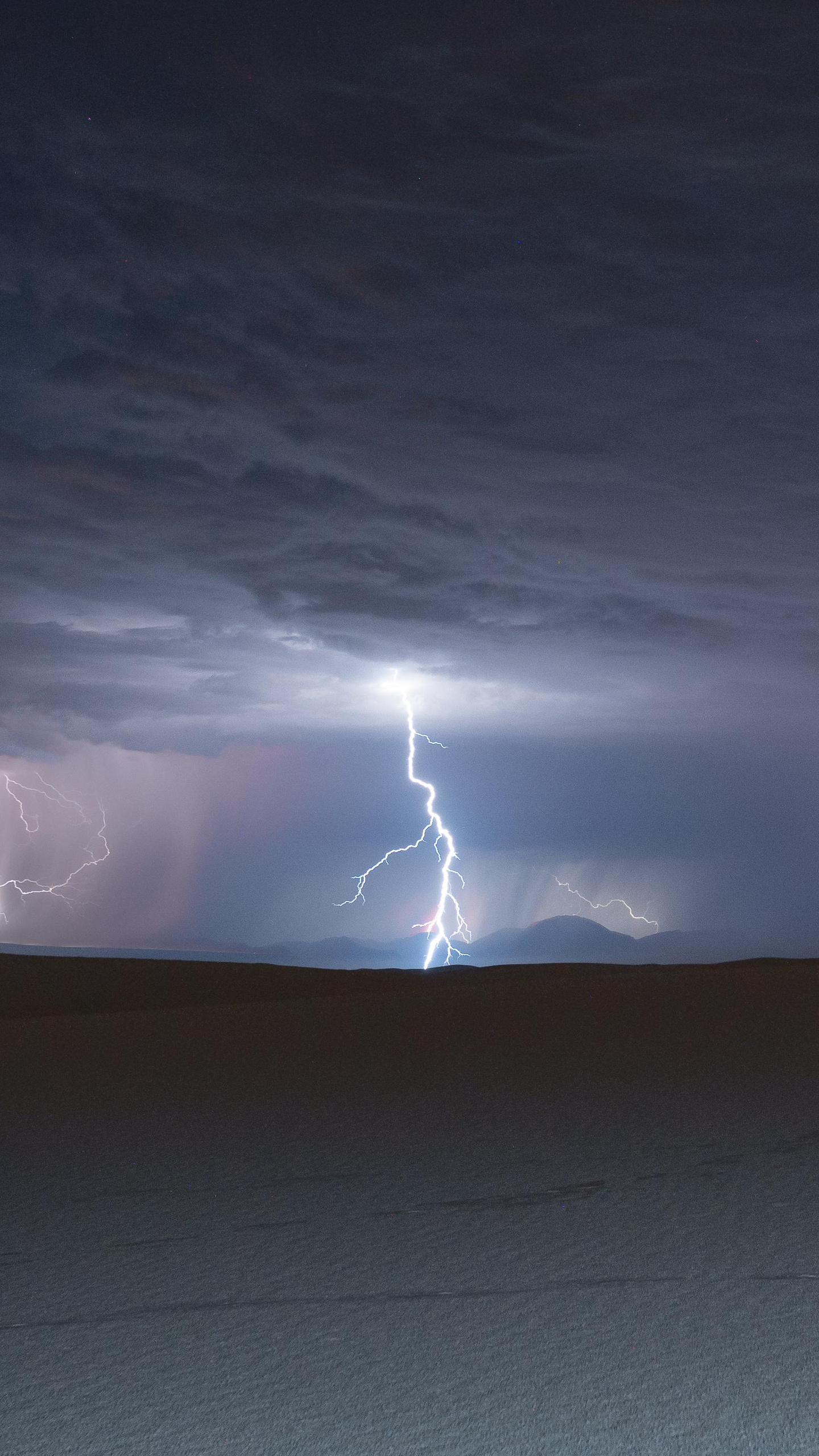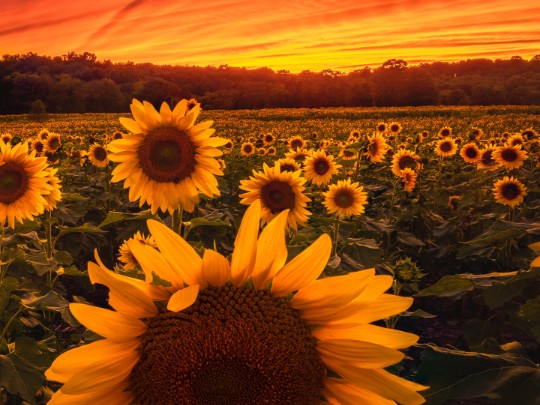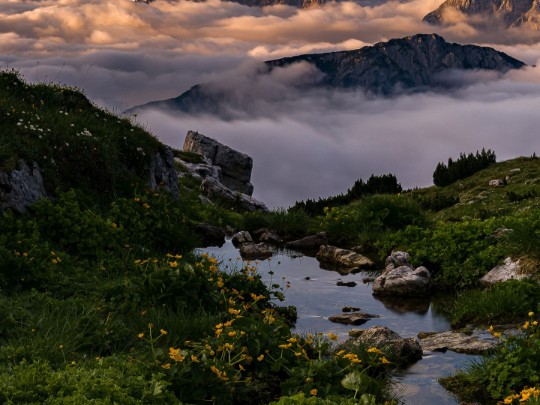Spectacular Lightning Shows: Awe-Inspiring Displays and How to Safely Photograph Them

The Electric Majesty of Lightning
There's something truly captivating about a stormy night, and nothing quite compares to witnessing a spectacular lightning display. More than just a flash of light, lightning is a raw demonstration of nature's power – an 'electric symphony' illuminating the night sky. The sudden, intense brightness momentarily transforms the landscape, revealing hidden details and casting an otherworldly glow. It's a sight that leaves you breathless.
How Lightning Forms: A Powerful Electrical Discharge
But what actually causes this incredible phenomenon? Lightning is born from the buildup of electrical charges within storm clouds. As these charges accumulate, they eventually become too great, leading to a powerful discharge. This creates a massive electrical current that surges through the air, instantly heating it to temperatures far exceeding the surface of the sun! This extreme heat causes the air to expand rapidly, creating the booming sound we know as thunder.
Safety First: Protecting Yourself During a Storm
While witnessing a lightning storm can be incredibly awe-inspiring, safety is absolutely crucial. During thunderstorms, the best course of action is to seek shelter indoors. Avoid open areas like fields or beaches, as these offer no protection from lightning strikes. Remember, when thunder roars, go indoors!
Capturing the Lightning: Tips for Photographers
For those keen to capture the beauty of lightning, it's a challenging but rewarding photographic pursuit. Here's a few tips to help you succeed:
- Patience is Key: Lightning photography requires waiting for the right moment.
- Sturdy Tripod: Essential for long exposures.
- Camera Settings: Use manual mode, a wide aperture (low f-number) for maximum light gathering, and a high ISO.
- Long Exposures: These are vital to 'freeze' the fleeting flashes of lightning against the dark sky. Experiment with shutter speeds – starting around 5-10 seconds is a good place to begin.
- Remote Shutter Release (Optional): Minimises camera shake during long exposures.
Combining the darkness of the night with the electric light of lightning creates a truly dramatic and unforgettable scene. With a little preparation and a dash of luck, you can capture a stunning image of this incredible natural display.





